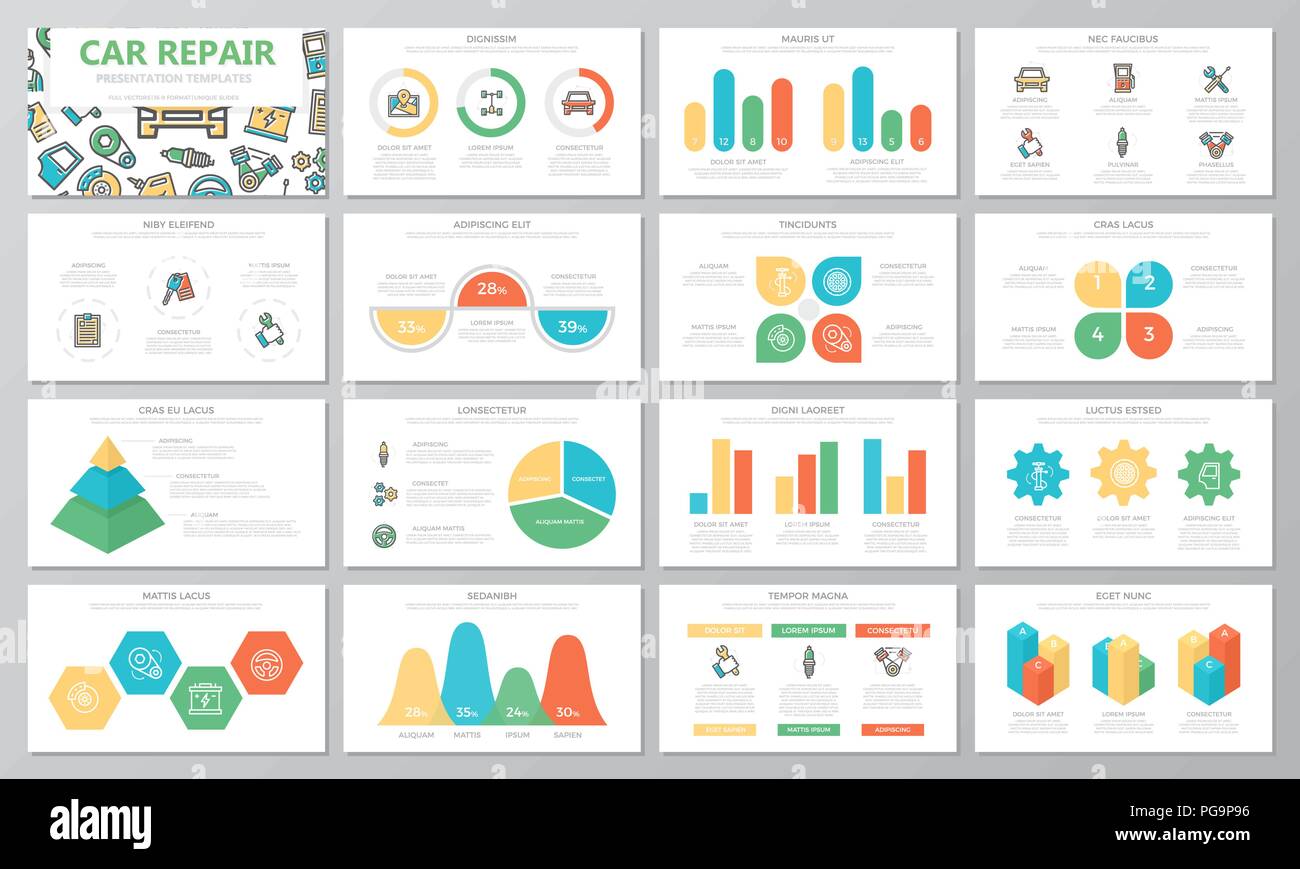Analyzing Your Car'S Alert Lights: Their True Implications
Analyzing Your Car'S Alert Lights: Their True Implications
Blog Article
Web Content Writer-Boye Shepherd
When you lag the wheel, those radiant caution lights on your dashboard can be a bit difficult. Do you understand what they're attempting to tell you concerning your vehicle's wellness? Understanding the relevance of these lights is important for your safety and the longevity of your car. So, the following time among those lights turns up, would not you wish to understand its message precisely and take the required actions to address it?
Common Caution Lights and Interpretations
Identify typical warning lights in your automobile and recognize their meanings to guarantee safe driving.
autocarwashnearme consist of the check engine light, which signifies concerns with the engine or discharges system. If mouse click the following web page begins, it's essential to have your lorry inspected quickly.
The oil pressure advising light suggests low oil pressure, needing immediate attention to prevent engine damage.
A blinking battery light could suggest a damaged billing system, potentially leaving you stranded otherwise dealt with.
The tire stress monitoring system (TPMS) light notifies you to reduced tire pressure, affecting automobile stability and gas efficiency. Ignoring this might lead to hazardous driving problems.
The abdominal muscle light suggests a problem with the anti-lock stopping system, jeopardizing your ability to quit rapidly in emergencies.
Lastly, the coolant temperature advising light warns of engine getting too hot, which can lead to severe damage if not solved promptly.
Comprehending car clean detailing will help you resolve issues without delay and maintain secure driving conditions.
Value of Prompt Focus
Recognizing the common caution lights in your vehicle is just the primary step; the value of immediately addressing these warnings can't be highlighted enough to ensure your safety when driving.
When a caution light illuminates on your control panel, it's your car's means of connecting a possible problem that needs interest. Overlooking these cautions can cause more serious problems down the road, jeopardizing your safety and potentially costing you more out of commission.
Prompt interest to warning lights can protect against breakdowns and crashes. For example, a blinking check engine light can show a misfire that, if left neglected, might cause damage to the catalytic converter. Resolving this without delay can save you from a pricey repair work.
Similarly, a brake system alerting light might signify low brake liquid or used brake pads, critical elements for your security when driving.
DIY Troubleshooting Tips
If you discover a warning light on your dashboard, there are a couple of DIY fixing ideas you can attempt before looking for specialist assistance.
The first step is to consult your automobile's handbook to understand what the certain caution light suggests. Occasionally the problem can be as straightforward as a loose gas cap setting off the check engine light. Tightening the gas cap might deal with the problem.
Another usual problem is a low battery, which can activate numerous advising lights. Examining the battery connections for rust and guaranteeing they're protected may repair the issue.
If a warning light persists, you can attempt resetting it by detaching the vehicle's battery for a few mins and afterwards reconnecting it. Additionally, checking your automobile's liquid levels, such as oil, coolant, and brake fluid, can help repair advising lights connected to these systems.
https://brakes-near-me39517.tokka-blog.com/31446372/specialist-discussion-necessary-auto-detailing-techniques-from-an-industry-specialist
To conclude, recognizing your car's caution lights is important for maintaining your automobile running efficiently and safely. By promptly dealing with these signals and knowing what they suggest, you can avoid expensive fixings and potential breakdowns.
Keep in mind to consult your vehicle's guidebook for specific information on each warning light and take action accordingly to make certain a hassle-free driving experience.
Remain educated, stay risk-free on the road!
